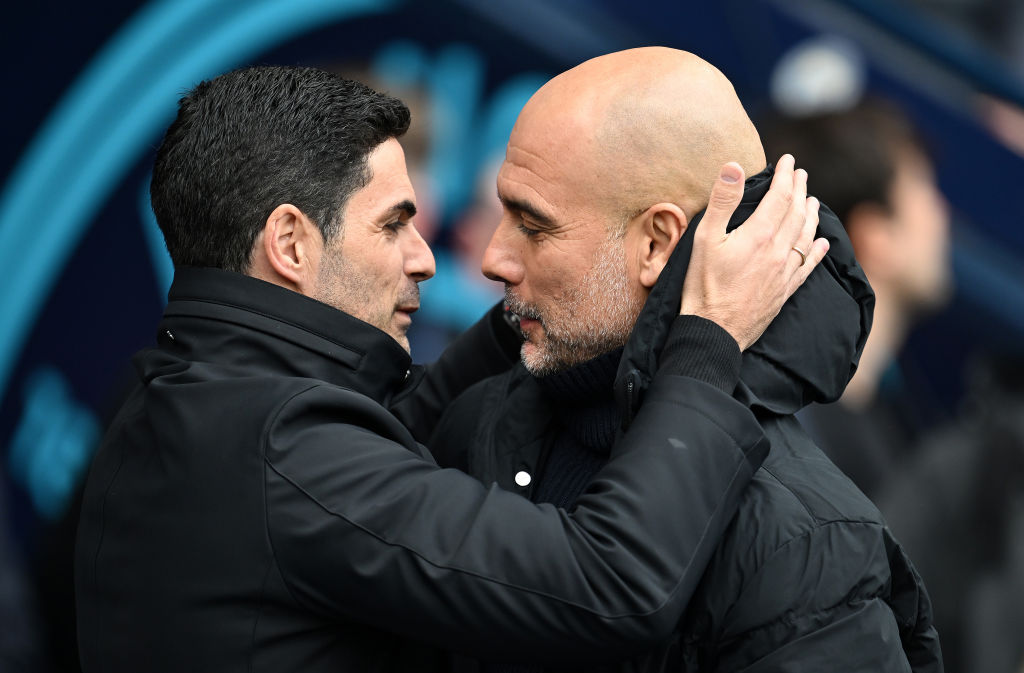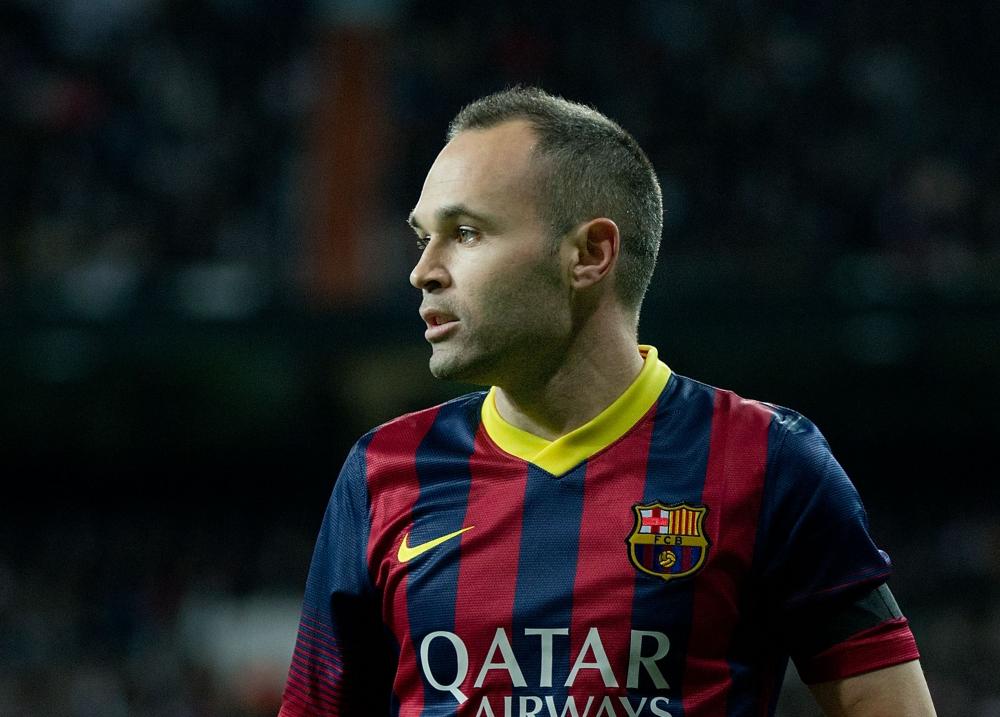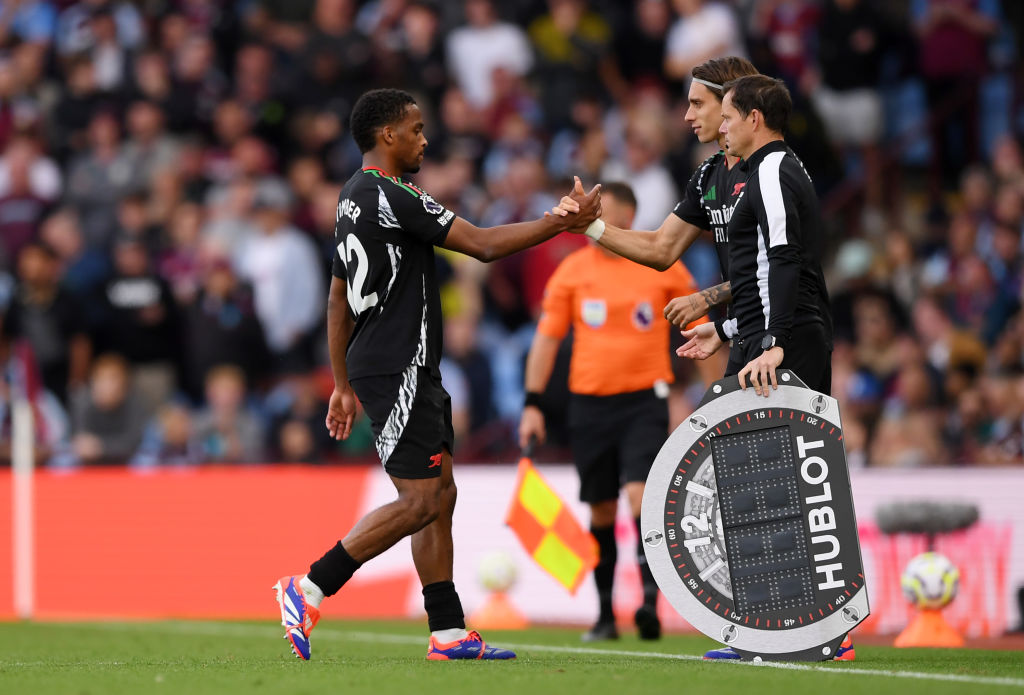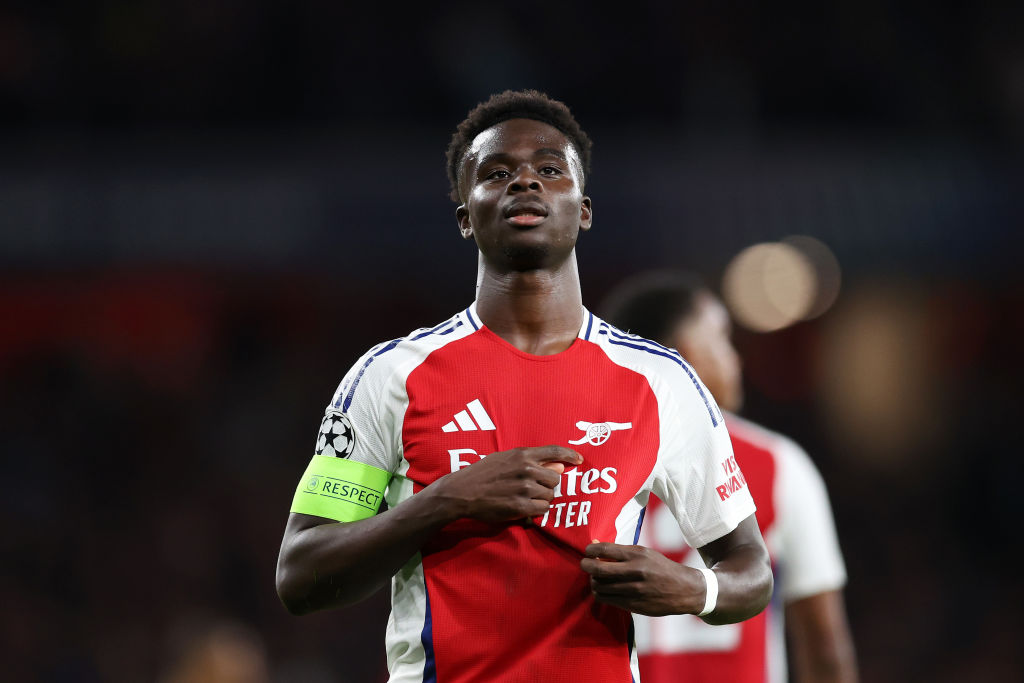
For two years, Mikel Arteta and Pep Guardiola played at the same club. For four years, they were coaching colleagues. Now, they're equals – at least in the fire of a title race in the Premier League.
Their educations have run parallel, a decade or so apart: La Masia upbringings, with genial gentlemen of the Premier League providing the spark for them to realise coaching was the life for them (Bobby Robson for Pep, Arsene Wenger for Mikel). Yet the differences are stark, with Guardiola leaving Barcelona on his terms; Mikel Arteta never getting to dictate his own path.
The Arsenal boss has been noted as more pragmatic than his idealist idol: such a club career – no caps for Spain, settling in Scotland, before Everton and finally, leading a disjointed Gunners side – may give one a more gritty worldview than life under Johan Cruyff. Yet one of the biggest differences between the two managers has seldom been noticed.
Mikel Arteta and Pep Guardiola both favour the same kind of player

Pep Guardiola's recruitment record is perhaps the greatest the sport has ever seen. There are so few misses when it comes to his signings, yet it all stems from a player he never actually signed himself.
Andres Iniesta could do it all: slalom through backlines, control play from deep, act as a false nine or even hold width. Quoted by Pep as the player who “opened his eyes tactically”, the midfielder was his first 'generalist': a player he asked to fulfil whatever job needed doing in whatever game state. It's not the same as being versatile: it's about being able to perform as many tasks and roles as possible.
Iniesta was far from the only player like this: Leo Messi, famously, was used as a false nine when he was needed to, for example. But the trend has continued at Manchester City, with the Citizens signing these 'generalist' players since, when you consider the number of different roles that individual stars have had within the City setup.
Kyle Walker has been an overlapping full-back, an inverted full-back and an ultra-defensive full-back: now, he's likely to be replaced by Rico Lewis, who can do all three jobs and more. Bernardo Silva has played as a touchline winger tasked with recycling possession, he had to form a double-pivot in buildup with Rodri at one point and has even been a false nine. Ilkay Gundogan has played as a lone No.6, a tempo-setting No.8 and a box-crasher from deep. John Stones has played multiple roles, Josko Gvardiol has too and Gabriel Jesus played across the frontline, asked to do different things depending on the position, and not just the same job somewhere else.
Those are just a few examples – and there are obvious examples, too, of Guardiola wanting a specialist in certain scenarios. Oleksandr Zinchenko found his niche in the City set-up as a full-back who did one thing – invert – yet he did it to an incredible standard. Rodri plays one role but he's the best in the world at it. The same could be said of Erling Haaland, who's not about to be reborn as a midfielder or winger any time soon.
It made for a contrast to the last man who challenged Guardiola's supremacy. Where the Catalan favoured a team of generalists with a few specialists sprinkled in, Jurgen Klopp would do the opposite, building around Trent Alexander-Arnold, Mohamed Salah, Roberto Firmino, Thiago and Andy Robertson, who specialised as one specific thing for their team, rather than being adept at switching things up. Back when City and Liverpool vied for the title, it wasn't uncommon to see fans say that Liverpool had the better starting XI, but City had the better squad.
Arteta favours the 'generalist', too - but for a whole different reason

Mikel Arteta's Arsenal team is stacked with generalists. In full-back, Takehiro Tomiyasu, Ben White, Jurrien Timber and Riccardo Calafiori can all perform varying tasks, while Declan Rice ahead of them is equally capable as a No.6 or No.8. Leandro Trossard, Kai Havertz and Gabriel Jesus are all multifunctional No.9s, too, as Arteta seemingly phases out his 'specialists', in Zinchenko, Kieran Tierney, Emile Smith Rowe and Eddie Nketiah.
Guardiola has used his 'generalist players' to evolve his own DNA, tweaking his tactical setup by rotating his squad and giving different players a prolonged run in the team. When he won the Treble in Manchester, for example, he brought in a box midfield that relied on Stones moving into midfield, with Manuel Akanji at right-back; last season, he changed things to have one full-back provide width while Phil Foden floated into the middle from out wide.
VIDEO How Arsenal's 10 Men Nearly Pulled Off The Impossible Against Man City
Arteta seemingly wants his generalists for a different reason, though. City stay one step ahead of opponents by tweaking their build-up or patterns of play every few weeks. Arteta has started getting his players to do it in-game.
Against Paris Saint-Germain this week, Timber and Calafiori took it in turns to invert. At one point, William Saliba went into midfield with Timber forming a back three with Calafiori and Gabriel. Bukayo Saka came into Martin Odegaard's central midfield berth, with Havertz pulling out right to become a wide target man. Rice was used to win possession deep at times, and power through the middle third with the ball at others.

It points to another difference between the two managers: Guardiola rotates his players regularly, barely picking the same XI two weeks in a row, while Arteta has been criticised for not rotating enough. Manchester City have the luxury to not wed themselves to the same team every week, given that they operate with a much higher level of dominance, whoever is in the team – and given they have generalists who can step into replicate the task of what's needed.
But Arteta wants the same players, week in, week out, to develop relationships with one another. He wants a long-term XI to solve problems on the fly and cope with whatever game state they're in; Guardiola wants a core group working in the same system for a burst of games before moving onto the next one. It's indicative of the development they both had at La Masia – but also how radically different their playing careers were when their paths diverged.







